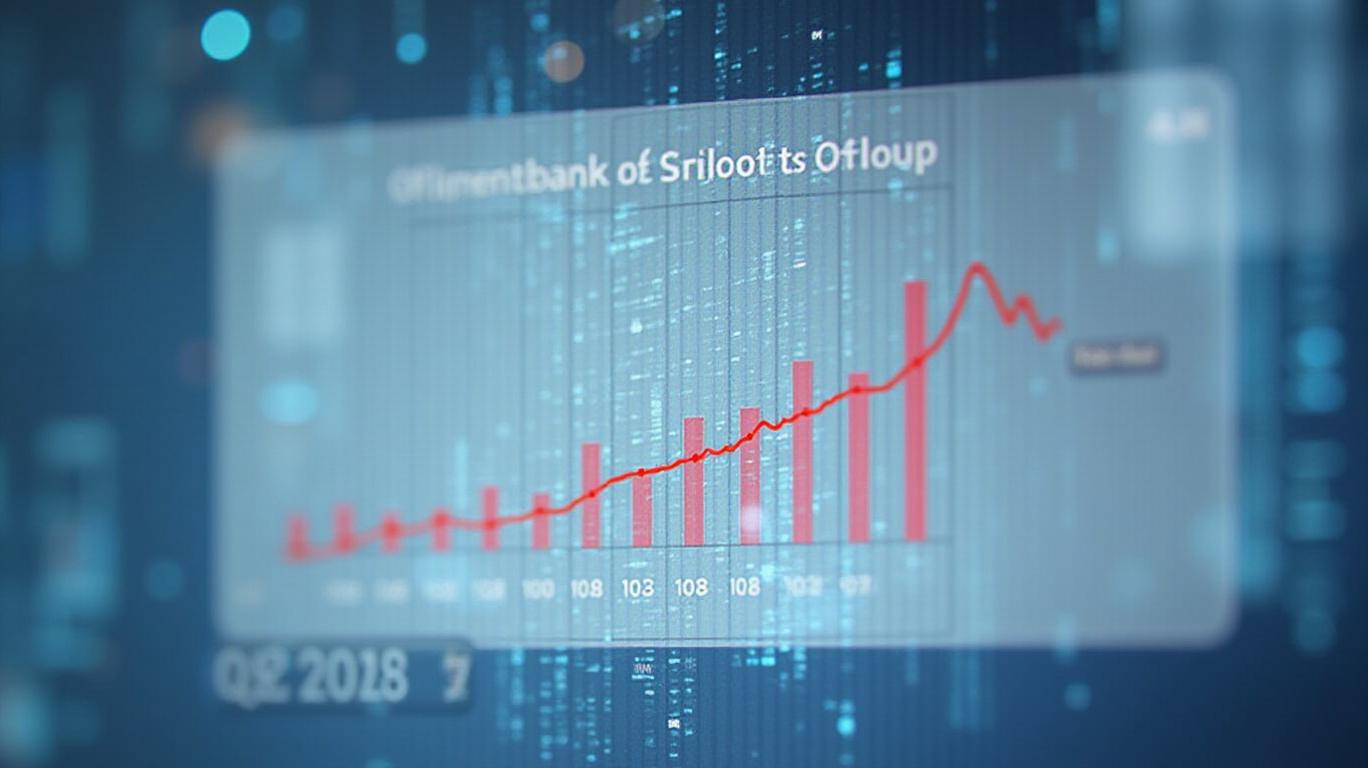Scotiabank's Strategic Redemption of $1.25 Billion Tier 1 Capital Notes: A Move to Optimize Capital Structure and Maintain Regulatory Compliance
Scotiabank has announced the redemption of its outstanding US $1.25 billion 4.900% Fixed Rate Resetting Perpetual Subordinated Additional Tier 1 Capital Notes (NVCC) on June 4, 2025. This strategic decision reflects the bank’s ongoing focus on capital management and regulatory compliance, marking a key step in optimizing its capital structure. The redemption, approved by Canada’s Office of the Superintendent of financial institutions (OSFI), underscores Scotiabank’s proactive approach to financial governance amid evolving market conditions.

Key Details of the Redemption
The redemption terms specify that noteholders will receive 100% of the principal amount plus accrued interest up to June 4, 2025. The Notes, classified as Additional Tier 1 Capital instruments, are a critical component of Scotiabank’s regulatory capital framework. These perpetual subordinated bonds, with their Non-Viability Contingent Capital (NVCC) feature, are designed to absorb losses if the bank faces non-viability, ensuring resilience during financial stress.
The move aligns with the bank’s stated capital management priorities, including maintaining robust capital ratios and enhancing financial flexibility. Notably, the redemption is funded through general funds, indicating strong liquidity and confidence in its financial position.
Regulatory and Strategic Context
Scotiabank’s decision follows its obligation to comply with Basel III capital requirements, which emphasize the need for banks to hold sufficient Tier 1 capital to absorb shocks. The redemption of these notes could signal a strategic shift in capital allocation, potentially to reduce long-term interest expenses or reallocate capital toward higher-priority initiatives.
Impact on Capital Structure and Investor Considerations
As a $1.4 trillion asset institution (as of January 2025), Scotiabank’s capital management actions have broader implications for its financial health and investor confidence. By retiring these high-cost perpetual notes (carrying a fixed 4.90% rate), the bank may aim to lower its weighted average cost of capital, particularly if current market rates are lower.
Investors should also note the NVCC feature’s removal from the balance sheet post-redemption. While this eliminates the risk of write-downs for these Notes, it does reduce the bank’s loss-absorbing capacity. However, Scotiabank’s Common Equity Tier 1 (CET1) ratio, currently above regulatory minimums, suggests sufficient capital buffers to offset this change.
Date | Working Capital(USD) |
|---|---|
| 20240101-20241231 | -- |
| 20240101-20241231 | -- |
| 20240101-20241231 | -- |
| 20240101-20241231 | -- |
Name |
|---|
| The Toronto-Dominion BankTD |
| The Bank of Nova ScotiaBNS |
| Coastal FinancialCCB |
| Canadian Imperial Bank of CommerceCM |
Risks and Opportunities
The redemption’s timing, announced on May 1, 2025, adheres to the five-year call protection period typical for such instruments. This ensures the bank avoids penalties for early redemption. While the move is routine, it highlights the importance of capital optimization in a competitive landscape.
Potential risks include the bank’s ability to replace this capital with cheaper instruments or retained earnings. However, Scotiabank’s strong credit profile and OSFI’s approval suggest minimal regulatory or financial concerns.
Conclusion: A Prudent Strategic Maneuver
Scotiabank’s redemption of its Tier 1 Capital Notes is a well-considered move to refine its capital structure and align with evolving regulatory standards. By retiring these high-cost instruments, the bank positions itself to enhance profitability and maintain its capital adequacy in a dynamic environment.
With a CET1 ratio exceeding 11% (as of Q1 2025) and a $1.4 trillion asset base, Scotiabank demonstrates financial resilience. The action further solidifies its reputation as a prudent manager of capital, prioritizing long-term stability over short-term gains. For investors, this underscores the bank’s commitment to sustainable growth and trustworthiness—a cornerstone of its vision as a "trusted financial partner."
In summary, the redemption is a strategic, not defensive, decision. It reflects Scotiabank’s agility in navigating regulatory requirements and market conditions, reinforcing its standing as a leading North American financial institution.

_b905d9341749265671656.jpg)








